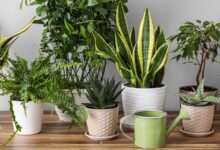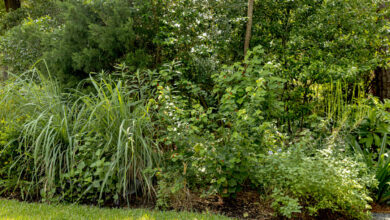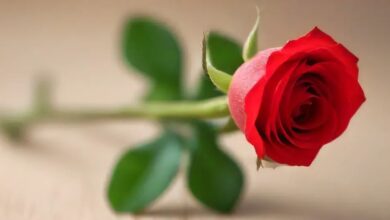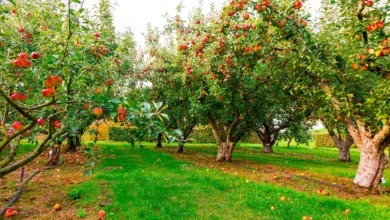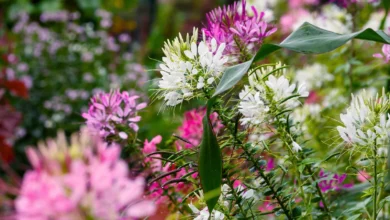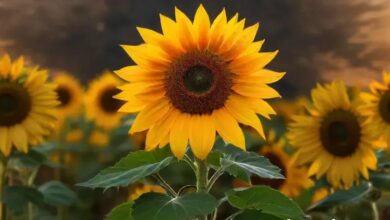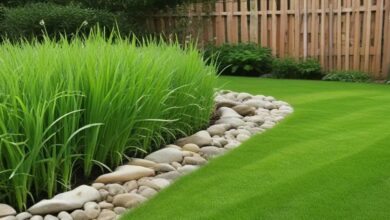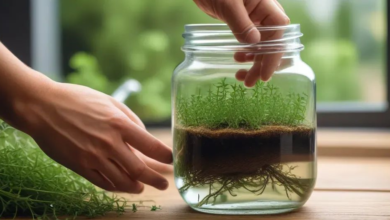The Ultimate Guide to Watering Your Plants Correctly
The Ultimate Guide to Watering Your Plants Correctly
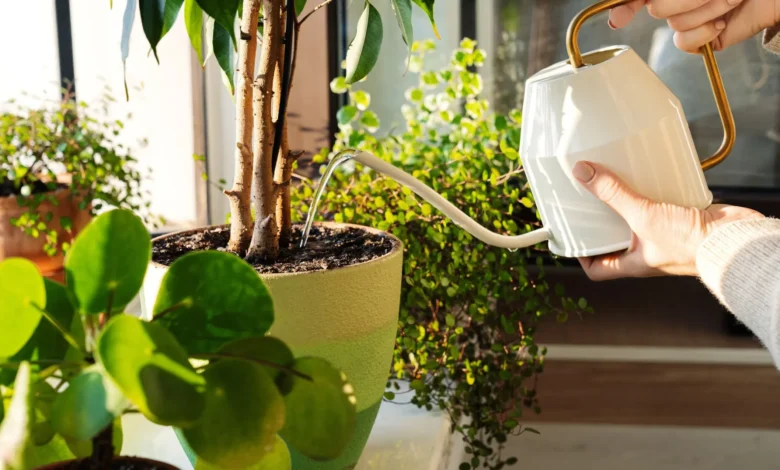
Watering Your Plants is the cornerstone of successful gardening, yet it remains one of the most misunderstood aspects of plant care. Whether you’re nurturing indoor plants or maintaining an outdoor garden, mastering proper watering techniques can mean the difference between thriving vegetation and plant failure. Many gardeners struggle with finding the perfect balance – too little water leads to drought stress, while overwatering causes root rot and other serious complications.
Understanding how to water plants correctly involves more than simply applying water to the soil. It requires knowledge of plant biology, soil composition, environmental factors, and timing. The science behind plant hydration reveals that different species have varying water requirements, and factors such as pot size, soil type, humidity levels, and seasonal changes all influence your watering schedule.
This comprehensive guide will transform you from a guessing gardener into a confident plant parent who understands the intricacies of plant watering systems. We’ll explore evidence-based watering methods, debunk common myths, and provide practical solutions for both beginners and experienced gardeners. You’ll discover how to read your plants’ signals, implement efficient watering practices, and create sustainable routines that promote optimal plant health.
From deep watering techniques to understanding soil moisture levels, we’ll cover every aspect of plant irrigation to ensure your green companions receive exactly what they need to flourish. By the end of this guide, you’ll have mastered the art and science of watering plants with confidence and precision.
Understanding Plant Water Needs
The Science Behind Plant Hydration
Plant watering success begins with understanding how plants utilize water at the cellular level. Water serves as the transport medium for nutrients, maintains cell structure through turgor pressure, and facilitates photosynthesis. Plants absorb water through their root systems, which then travels through the xylem to reach every part of the plant. This process, called transpiration, creates a continuous water cycle within the plant that’s essential for survival.
Different plant species have evolved distinct water requirements based on their native habitats. Desert succulents store water in specialized tissues and require infrequent watering, while tropical plants from humid environments need consistent moisture. Understanding these evolutionary adaptations helps inform your watering techniques and prevents the common mistake of applying universal watering rules to all plants.
The concept of soil moisture extends beyond simple wetness measurements. Optimal soil moisture varies between the saturation point (completely waterlogged), field capacity (ideal moisture retention), and permanent wilting point (too dry for plant survival). Professional gardeners aim to maintain soil moisture between field capacity and slightly below, ensuring plants have access to water without experiencing the negative effects of waterlogged conditions.
Factors Affecting Water Requirements
Environmental conditions significantly impact how often and how much you should water your plants. Temperature, humidity, air circulation, and light intensity all influence transpiration rates. During hot summer months, plants may require daily watering, while cooler winter conditions might extend the interval to weekly or bi-weekly sessions.
Plant size and growth stage also determine water needs. Young seedlings require frequent, gentle watering to establish root systems, while mature plants benefit from deep watering sessions that encourage robust root development. Actively growing plants during spring and summer consume more water than dormant plants in winter.
Container size and soil composition create additional variables in your watering schedule. Small pots dry out faster than large containers, and well-draining potting mixes require more frequent watering than dense, clay-heavy soils. Understanding these relationships helps you develop customized watering routines for different plants in your collection.
Signs Your Plants Need Water
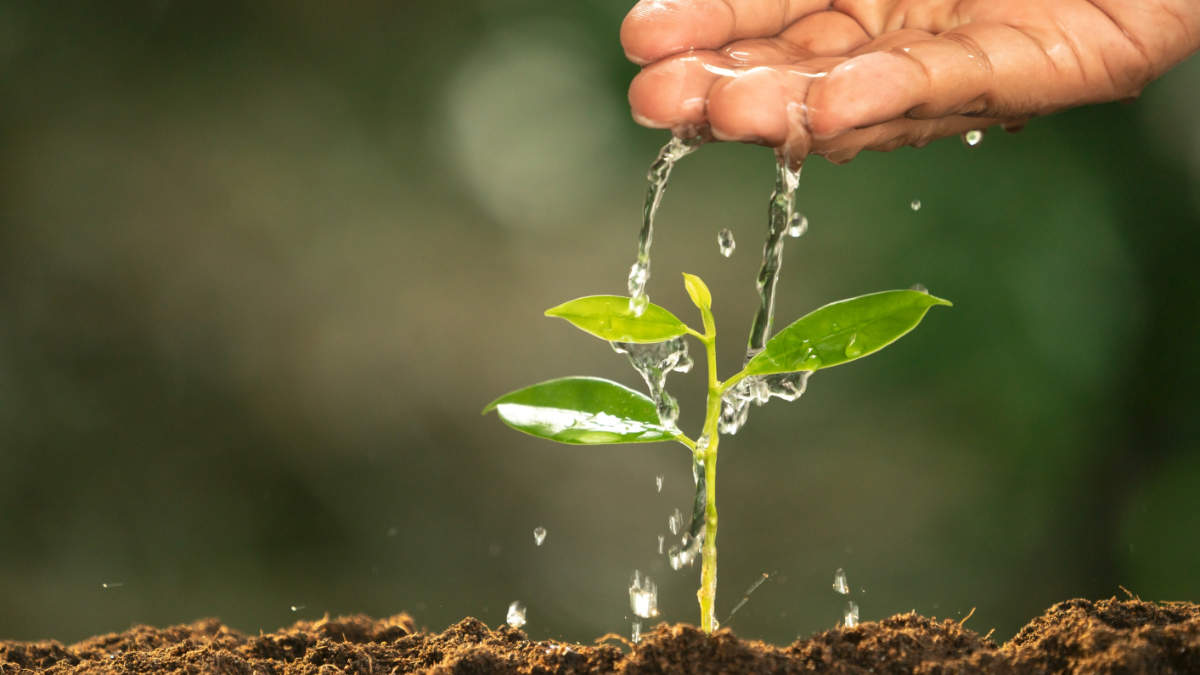
Visual Indicators of Plant Thirst
Learning to read your plants’ water stress signals is crucial for maintaining optimal plant health. The most obvious sign is wilting, where leaves become limp and droopy due to insufficient turgor pressure. However, wilting can also indicate overwatering, making it essential to combine visual cues with soil moisture testing.
Leaf color changes often precede wilting and provide early warning signs. Underwatered plants typically display yellowing lower leaves, browning leaf edges, and overall dullness in foliage color. The soil surface may appear cracked or pull away from container edges, indicating severe dehydration.
Growth patterns also reflect watering adequacy. Plants receiving proper hydration maintain steady growth rates, produce vibrant new foliage, and develop strong stem structure. Water-stressed plants exhibit stunted growth, dropping leaves prematurely, and may fail to produce flowers or fruit despite otherwise favorable conditions.
The Finger Test and Soil Assessment
The finger test remains the most reliable method for determining when to water. Insert your finger 1-2 inches deep into the soil near the plant base. If the soil feels dry at this depth, it’s time to water. For deep-rooted plants, extend the test to 3-4 inches to ensure accurate assessment.
Soil texture influences moisture retention and drainage patterns. Sandy soils drain quickly and require more frequent watering, while clay soils retain moisture longer but may become waterlogged. Well-draining potting mix should feel slightly moist but never soggy, with excess water flowing freely from drainage holes.
Modern technology offers moisture meters and smart sensors that provide precise soil moisture levels. These tools eliminate guesswork and help maintain consistent watering schedules, particularly useful for indoor plant care where environmental conditions remain relatively stable.
Proper Watering Techniques
The Deep Watering Method
Deep watering represents the gold standard for plant irrigation, encouraging extensive root development and improved drought tolerance. This technique involves applying water slowly and thoroughly until it penetrates 6-8 inches into the soil, reaching the entire root zone rather than just surface roots.
Implement deep watering by applying water at the soil surface, allowing it to soak in completely before adding more. This prevents runoff and ensures maximum water absorption. The process may take 15-30 minutes for large containers or garden beds, but the results justify the time investment through healthier, more resilient plants.
Watering frequency decreases with deep watering methods, as thoroughly saturated soil provides plants with extended water access. Instead of daily light sprinklings that promote shallow root growth, deep watering sessions every 2-4 days (depending on conditions) create stronger, more drought-resistant root systems.
Surface vs. Bottom Watering
Surface watering involves applying water directly to the soil surface around the plant base, mimicking natural rainfall patterns. This method works well for most plants and allows you to observe water absorption rates and drainage effectiveness. Pour water slowly and evenly across the soil surface, avoiding direct contact with leaves and stems when possible.
Bottom watering offers advantages for certain plant types, particularly those prone to crown rot or fungal issues. Place containers in water-filled trays, allowing plants to absorb moisture through drainage holes via capillary action. This method ensures thorough soil saturation while keeping foliage dry.
Self-watering systems combine both approaches, featuring built-in reservoirs that provide consistent moisture levels through controlled release mechanisms. These systems work exceptionally well for container plants and can maintain optimal hydration during brief absences or vacation periods.
Timing Your Watering Schedule
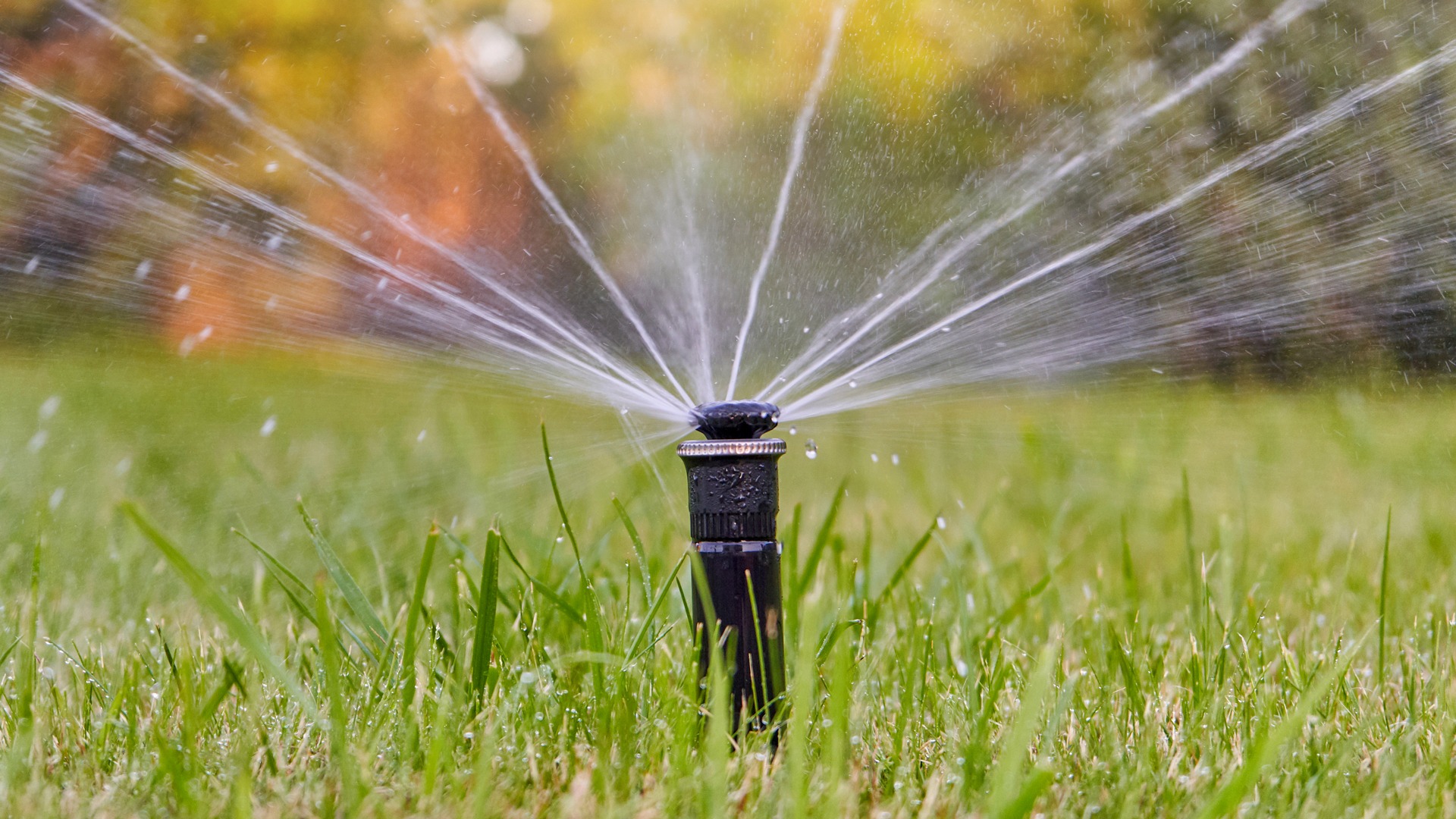
Best Time of Day for Watering
Morning watering between 6-10 AM provides optimal conditions for plant absorption and minimizes disease risks. Cool morning temperatures reduce water loss through evaporation, ensuring maximum uptake efficiency. Plants have all day to utilize absorbed water for growth and metabolic processes, while any moisture on leaves dries quickly in the warming sun.
Evening watering can work in certain situations, but it carries increased risks of fungal diseases and pest problems. If morning watering isn’t possible, aim for late afternoon (4-6 PM) rather than true evening hours. This timing allows plants to absorb water while giving foliage time to dry before nightfall.
Avoid midday watering during hot weather, as rapid evaporation wastes water and thermal shock can stress plant roots. The combination of cold water and hot soil creates temperature differentials that may damage delicate root hairs and reduce nutrient absorption efficiency.
Seasonal Watering Adjustments
Spring watering coincides with active growth periods when plants emerge from winter dormancy and begin producing new foliage. Gradually increase watering frequency as temperatures rise and daylight hours extend. Monitor plants closely during this transition period, as water needs can change rapidly.
Summer watering demands peak attention, with hot temperatures and extended daylight increasing transpiration rates significantly. Container plants may require daily watering, while established garden plants might need deep watering every 2-3 days. Implement mulching strategies to reduce soil evaporation and maintain consistent moisture levels.
Winter watering requires a significant reduction in both frequency and volume. Most plants enter dormancy periods with dramatically reduced water requirements. Indoor plants near heating sources may need more frequent watering than those in cooler locations, but overall winter watering typically decreases by 50-75% compared to summer needs.
Creating a Watering Calendar
Develop customized watering schedules based on plant species, container sizes, and environmental conditions. Group plants with similar water requirements together, allowing for efficient watering routines that address multiple plants simultaneously.
Weather-responsive scheduling adapts watering frequency based on rainfall, humidity levels, and temperature fluctuations. Keep detailed records of watering dates, amounts, and plant responses to identify optimal patterns for your specific growing conditions.
Technology integration through smartphone apps and smart irrigation systems can automate watering schedules while providing flexibility for manual adjustments. These systems track weather data, soil moisture levels, and plant growth patterns to optimize watering efficiency.
Common Watering Mistakes to Avoid
Overwatering: The Silent Plant Killer
Overwatering kills more plants than drought, yet remains one of the most common gardening errors. Waterlogged soil prevents root access to oxygen, leading to root rot, fungal diseases, and eventual plant death. Signs of overwatering include yellowing leaves, soft black roots, fungal growth on soil surfaces, and persistent soil dampness.
Root rot develops when soil remains consistently saturated, creating anaerobic conditions that promote harmful bacteria and fungi. Healthy roots appear white and firm, while rotted roots turn black, mushy, and emit foul odors. Once root rot advances significantly, plant recovery becomes extremely difficult.
Prevention strategies focus on proper drainage, appropriate pot sizing, and soil selection. Ensure all containers have adequate drainage holes, use well-draining potting mix, and allow soil to dry partially between watering sessions. Remove excess water from saucers within 30 minutes of watering to prevent prolonged root exposure to standing water.
Inconsistent Watering Patterns
Irregular watering creates plant stress through constant adaptation to changing moisture levels. Plants perform best with consistent, predictable watering routines that allow them to establish stable growth patterns. Feast-or-famine watering cycles result in stunted growth, reduced flowering, and increased susceptibility to pests and diseases.
Water stress indicators from inconsistent watering include leaf drop, blossom end rot in vegetables, cracking fruit, and poor flower production. Plants may develop extensive surface root systems in response to inconsistent deep watering, making them more vulnerable to drought stress.
Establish regular watering schedules based on plant needs rather than arbitrary calendar dates. Use soil moisture monitoring to determine optimal watering intervals, and adjust schedules seasonally to account for changing environmental conditions and plant growth patterns.
Using the Wrong Water Temperature and Quality
Water temperature significantly impacts root health and nutrient absorption efficiency. Cold water shocks warm soil and roots, potentially causing transplant shock-like symptoms even in established plants. Room temperature water (65-75°F) provides optimal conditions for plant hydration and minimizes thermal stress.
Water quality concerns include chlorine content, pH levels, and mineral concentrations that may harm sensitive plants. Tap water often contains chlorine and fluoride that can accumulate in soil over time, potentially causing leaf burn or growth inhibition in susceptible species.
Water treatment solutions include allowing tap water to sit overnight before use, enabling chlorine to evaporate naturally. Alternatively, use filtered water or rainwater collection systems for optimal plant health. Test water pH periodically, as extreme levels (below 6.0 or above 8.0) can interfere with nutrient availability.
Tools and Equipment for Effective Watering
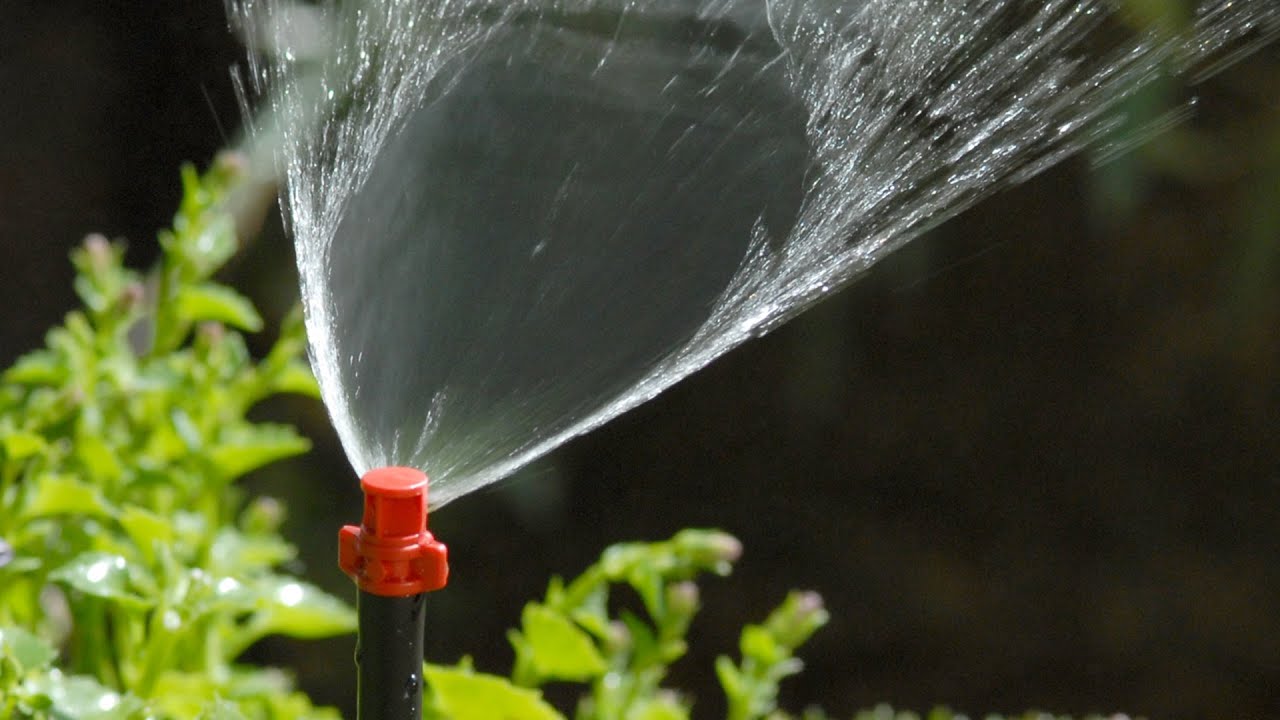
Essential Watering Tools
Watering Your Plants with fine-rose attachments provide gentle, controlled water application that won’t disturb soil or delicate seedlings. Choose cans with balanced weight distribution and comfortable handles for extended use. Long-spout designs allow precise water placement while maintaining comfortable working distances.
Garden hoses with adjustable spray nozzles offer versatility for large-scale watering projects. Select hoses with adequate length for your garden size and consider retractable models for easy storage. Soaker hoses provide excellent deep watering through slow, consistent water release directly into the soil.
Watering wands extend your reach while providing gentle shower-like water distribution. These tools work exceptionally well for hanging baskets, tall plants, and container gardens. Look for models with comfortable grips and multiple spray patterns to accommodate different watering needs.
Smart Irrigation Systems
Drip irrigation systems deliver water directly to root zones with minimal waste through evaporation or runoff. These systems work particularly well for vegetable gardens, flower beds, and container plant collections. Automated timers allow precise control over watering duration and frequency.
Smart controllers integrate weather data, soil moisture sensors, and plant databases to optimize watering schedules automatically. These systems adjust for rainfall, temperature changes, and seasonal variations while providing detailed usage reports and conservation metrics.
Self-watering planters incorporate built-in reservoirs and wicking systems that maintain consistent soil moisture levels. These containers work exceptionally well for herbs, vegetables, and flowering plants while reducing daily maintenance requirements.
Troubleshooting Watering Your Plants
Diagnosing Water-Related Plant Issues
Yellowing leaves can indicate both over- and underwatering, requiring careful diagnosis through soil moisture assessment and root examination. Overwatered plants typically show yellowing in older leaves first, while underwatered plants may display yellowing throughout the plant with dry, crispy edges.
Fungal problems often result from excessive moisture combined with poor air circulation. White fuzzy growth on soil surfaces, black spots on leaves, and stem rot at the soil level indicate moisture-related fungal issues. Improve drainage, increase air circulation, and reduce watering frequency to address these problems.
Growth stunting may result from inconsistent watering patterns that prevent plants from establishing stable metabolic processes. Monitor growth rates and adjust watering techniques to provide consistent moisture levels that support steady development.
Recovery Strategies for Water-Stressed Plants
Drought recovery requires gradual rehydration to prevent shock and further stress. Begin with small amounts of water applied slowly, allowing the soil to absorb moisture completely before adding more. Avoid fertilizing drought-stressed plants until they show signs of recovery and new growth.
Overwatering recovery focuses on improving drainage and allowing the soil to dry appropriately. Remove plants from waterlogged containers if possible, trim damaged roots, and repot in fresh, well-draining soil. Reduce watering frequency significantly until plants show signs of recovery.
Environmental modifications support recovery efforts through improved growing conditions. Increase air circulation, adjust lighting levels, and maintain stable temperatures to reduce plant stress during recovery periods.
Special Watering Considerations
Watering Different Plant Types
Succulents and cacti require specialized watering approaches that mimic their natural desert environments. Water thoroughly but infrequently, allowing soil to dry completely between sessions. Use fast-draining soil and containers with excellent drainage to prevent root rot.
Tropical plants typically require consistent moisture levels and higher humidity than temperate species. Use humidity trays, group plants together, and maintain regular watering schedules to replicate tropical growing conditions. These plants often benefit from filtered water to avoid chemical buildup.
Seasonal plants need adjusted watering based on their natural growth cycles. Spring bulbs require consistent moisture during active growth but prefer dry conditions during dormancy. Annual flowers need regular watering throughout their growing season, but can be allowed to dry down as they complete their lifecycle.
Container vs. Garden Watering
Container plants dry out faster than garden plants due to limited soil volume and increased surface exposure. They typically require more frequent watering but smaller volumes per session. Monitor container plants daily during hot weather and adjust watering frequency accordingly.
Garden beds benefit from deep watering sessions that penetrate deeply into the soil layers. Mulching around plants reduces evaporation and maintains consistent soil moisture levels. Drip irrigation or soaker hoses work exceptionally well for garden applications.
Raised beds combine aspects of both container and garden growing, requiring more frequent watering than ground-level gardens but less than traditional containers. Ensure adequate drainage while maintaining consistent moisture levels throughout the growing season.
More Read: 17 Eye-Catching Artificial Plants to Transform Your Front Porch
Conclusion
Mastering proper plant watering techniques transforms gardening from guesswork into a scientific approach that consistently produces healthy, thriving plants. By understanding plant biology, recognizing water stress signals, implementing deep watering methods, and avoiding common mistakes like overwatering, you can create optimal growing conditions for any plant species.
Whether you’re caring for indoor plants, maintaining container gardens, or managing landscape beds, the principles of timing, technique, and consistency remain constant. Success comes from observing your plants closely, adjusting watering schedules based on environmental changes, and using appropriate tools and equipment to deliver water efficiently.
With practice and attention to detail, you’ll develop the intuitive skills that separate successful gardeners from those who struggle with plant care, ensuring your green companions receive the precise hydration they need to flourish throughout every season.
